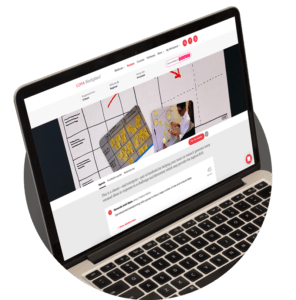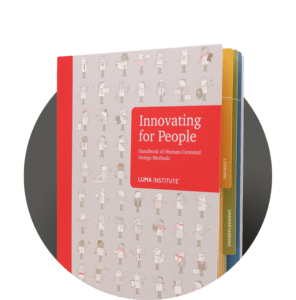Method overview
Functionality is important, but the way something looks and feels is essential to the success or failure of your design. In fact, many studies have shown that people report higher degrees of satisfaction for aesthetically appealing products and services. A great way to consider the visual and emotional attributes of your proposed solution is to build a model that appears to be the real thing.
You might consider such models to be “all show and no go”—and you’d be right. An Appearance Model is a pre-production prototype that clearly represents the look and feel of your design, but has little or no functionality. This type of modeling is equally useful in the development of physical products, software systems, and service offerings. It is relevant to every type of solution that has any sort of experiential element. If you make an appearance model of a key element, you can determine if the aesthetics lead to a high degree of satisfaction.
The benefits of this method
- Helps you consider aesthetics.
- Reveals emotional qualities.
- Provides a vision of the future.
- Gains support from decision makers.

Quick guide
- Identify an idea or concept to develop.
- Assemble a small design team.
- Decide what you want to learn from the model.
- Consider a range of visual and emotional qualities.
- Assemble a palette of colors and/or sample materials.
- Develop sketches to show a number of possibilities.
- Hone in on a few treatments to refine in detail.
- Draw realistic renderings of the concept.
- Produce models showing the finished effect.
Helpful hints
- Consider the feasibility of 3-D printing technology.
- Use a scaled-down model to show an environment.
- If it’s a digital interface, look at it on an actual device.
Combining LUMA methods into design recipes
The methods in the LUMA System are great on their own, but they are really powerful when combined into design recipes. Just like when you combine ingredients to make a tasty meal, you can also combine design methods to address challenges such as improving workplace culture or uncovering customer insights.
An example of a recipe from LUMA Workplace®:


Want to learn more about LUMA methods?


